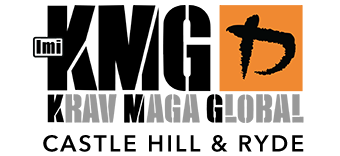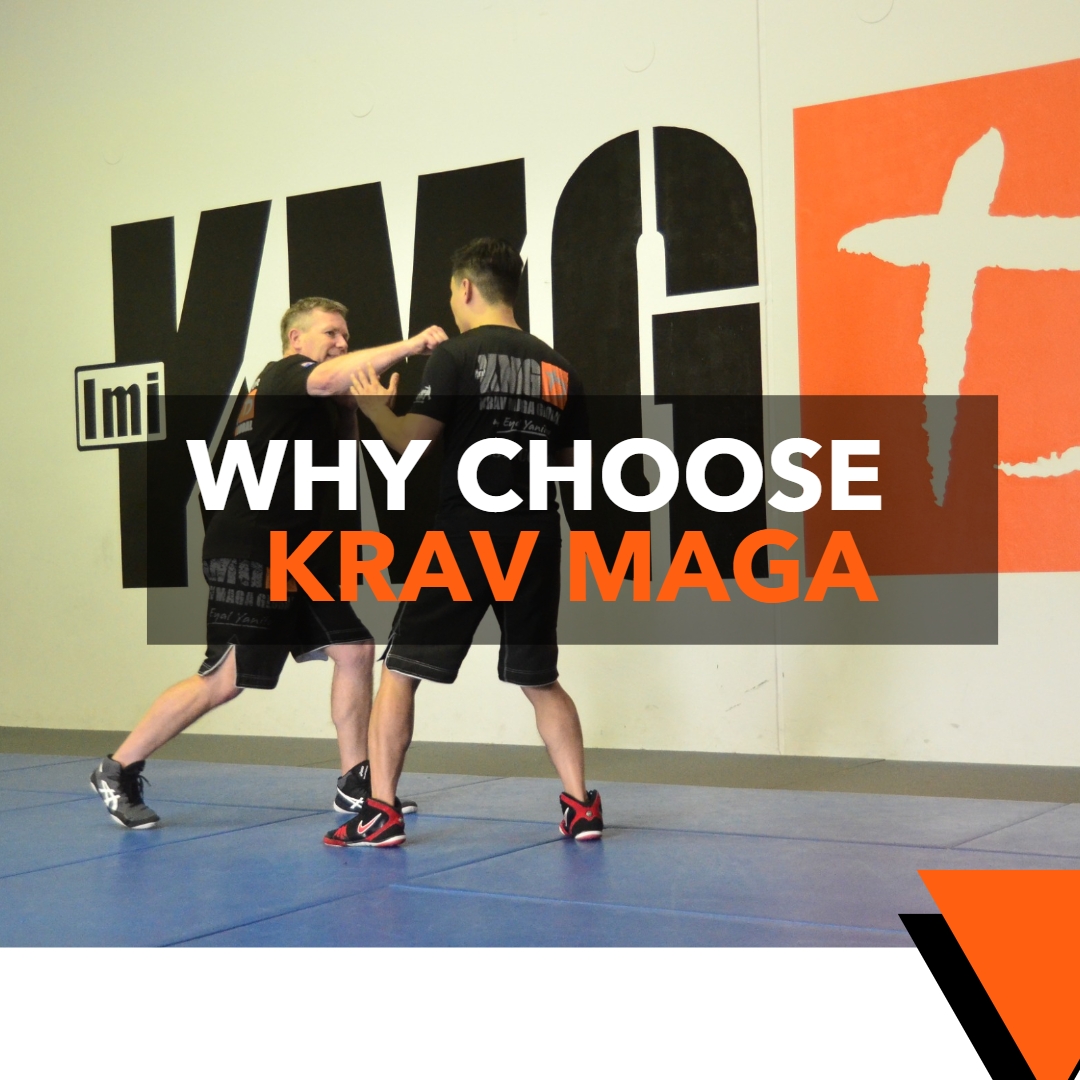Krav Maga is a self-defense system that differs from other martial arts in several key ways:
-
Focus on real-world situations:
Unlike traditional martial arts that may focus on ritualistic or sport-oriented training, Krav Maga is designed specifically to address real-world self-defense situations. It emphasizes practical techniques and tactics that are effective in real-life scenarios. -
Emphasis on practicality:
Krav Maga prioritizes practicality over traditional martial arts techniques, often using simpler and more direct techniques that can be quickly and effectively applied in self-defense situations. Krav Maga develops your gross motor skills, based on natural reactions and instinctive movements. In real-life situations, there is often little time to think, and complicated techniques may not be effective. -
Adaptive techniques:
Krav Maga training often involves learning how to adapt techniques to different situations and environments. This can include learning how to defend against multiple attackers, using objects in the environment for defense, and defending third parties/loved ones, and dealing with attacks from different angles. -
Combative mindset:
Krav Maga training emphasizes developing a combative mindset and a willingness to fight in self-defense situations. This includes training to overcome fear, hesitation, and other psychological barriers that may inhibit effective self-defense. Training often involves practicing techniques under stress, to simulate the adrenaline and fear that a person might experience during a real attack. This helps practitioners develop the ability to react quickly and effectively under pressure. -
Intense training:
Krav Maga training is often intense and physically demanding, with a focus on building endurance, strength, and mental toughness. We pressure test our students to ensure they are building confidence and the ability to work from positions of disadvantage. Being able to work under physical and mental stress, whilst making tactical decisions is important for all practitioners in order to overcome dire circumstances. -
Short training time:
Krav Maga is often designed to be learned in a shorter time frame than traditional martial arts, with the goal of providing effective self-defense skills to students in a relatively short period of time. Some of the first skill sets to improve across practitioners include their sense of situational awareness and readiness in public. Students are able to assess environments, identify threats, and take evasive or tactical action by utilising avoidance, de-escalation, and use of body language.
Overall, Krav Maga’s focus on real-world self-defense situations, practical techniques, adaptability, and combative mindset sets it apart from other martial arts. Its intense training and shorter learning time also make it an appealing choice for those looking to develop effective self-defense skills quickly.



